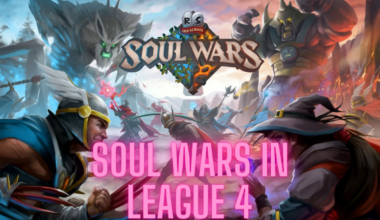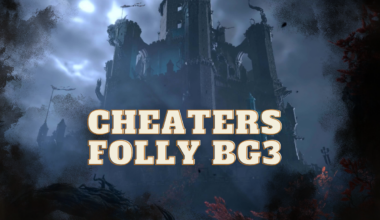J.R.R. Tolkien weaves a tale filled with compelling characters, none more fascinating than Smeagol vs Gollum.
This complex duality defines the character and examines the contrasting aspects of Smeagol and Gollum.
In this article, we will learn more about Smeagol vs Gollum.
Table of Contents Show
Who Is Smeagol?
Smeagol is a fictional character from J.R.R. Tolkien’s literary works, particularly in “The Hobbit” and “The Lord of the Rings” trilogy.
Originally a creature similar to hobbits, Smeagol was a kind and curious individual.

However, his life drastically changed when he became obsessed with the One Ring.
The Ring is a powerful and corrupting artifact created by the Dark Lord Sauron.
Contrarily, Smeagol highlights the tragic journey from purity to degradation.
Who Is Gollum?
The deadly temptation Gollum emerges as the alter ego, representing the evil and malicious side of Smeagol’s personality.

As the Ring’s power twists and warps his mind, Gollum becomes consumed by a relentless desire for the Ring’s possession.
His internal struggle is a central element of the narrative.
Further, highlights the themes of temptation, corruption, and the battle between good and evil.
His actions are driven by deception, betrayal, and a thirst for power.
Contrarily, Gollum symbolizes how corruption and obsession can erode one’s sanity and morality.
The Origin Of Smeagol And Gollum
Smeagol and Gollum are both different personalities of the same character.
As mentioned earlier, Smeagol, once an ordinary hobbit-like creature, was consumed by the power of the One Ring, transforming into Gollum.
The Ring, the embodiment of pure evil, magnified his darker instincts and desires.
This starkly contrasted the innocent and good-hearted Smeagol.
When the One Ring’s corrupting power takes hold of Smeagol, it triggers a profound metamorphosis.
As a result, gives birth to the twisted and tormented creature we know as Gollum.
This transformation begins a profound internal conflict within the character and the defining struggle of his existence.
The Internal War: Smeagol Vs. Gollum
Throughout “The Lord of the Rings” trilogy, Smeagol and Gollum constantly struggle for dominance.
The Ring’s acquisition led to Sméagol’s downward spiral. It transformed him into an outcast seeking refuge in the Misty Mountains.

His appearance grotesquely changed, with pale skin, large eyes, and a worn body.
However, his dual personality was exacerbated by a guttural noise called “Gollum.”
Further, it became a symbol of his tormented existence.
On the one hand, Smeagol desires redemption and freedom from the Ring’s influence.
Whereas Gollum is driven by an insatiable lust for power and possession of the Ring.
The internal conflict between Smeagol and Gollum is depicted through pitiful conversations between the two personas.
Further, these conversations offer insight into the complexities of their desires and the torment they experience.
This duality is a central theme, illustrating the battle between good and evil within a single character.
The Temptation And Power Of The Ring
One Ring, a symbol of absolute power, exerts an irresistible temptation on both Smeagol and Gollum.
In his moments of clarity, Smeagol recognizes the Ring’s malevolence and desires to be free from its influence.
Gollum, however, is consumed by his lust for the Ring, perpetuating the internal conflict and reinforcing his darker tendencies.
A Quest For Identity
Surprisingly, the journey of Frodo and Sam, the Ring-bearers, catalyzes a glimmer of redemption within the tormented character.
As they extend compassion and friendship to Smeagol, he begins to rediscover his long-forgotten humanity.
This newfound connection challenges Gollum’s dominance and causes Smeagol to question his allegiance to the Ring.
Ultimately, this struggle for identity opens a path toward redemption that offers a shimmering ray of hope.
The Bottom Line
Smeagol and Gollum’s opposing identities in “The Lord of the Rings.”
They provide an intriguing investigation of duality, lunacy, and decision influence.
These opposing identities masterfully explore the complexities of the human soul.
Contrarily, it is a story of tragedy, redemption, and the enduring hope that the light of goodness can prevail even in the darkest times.


